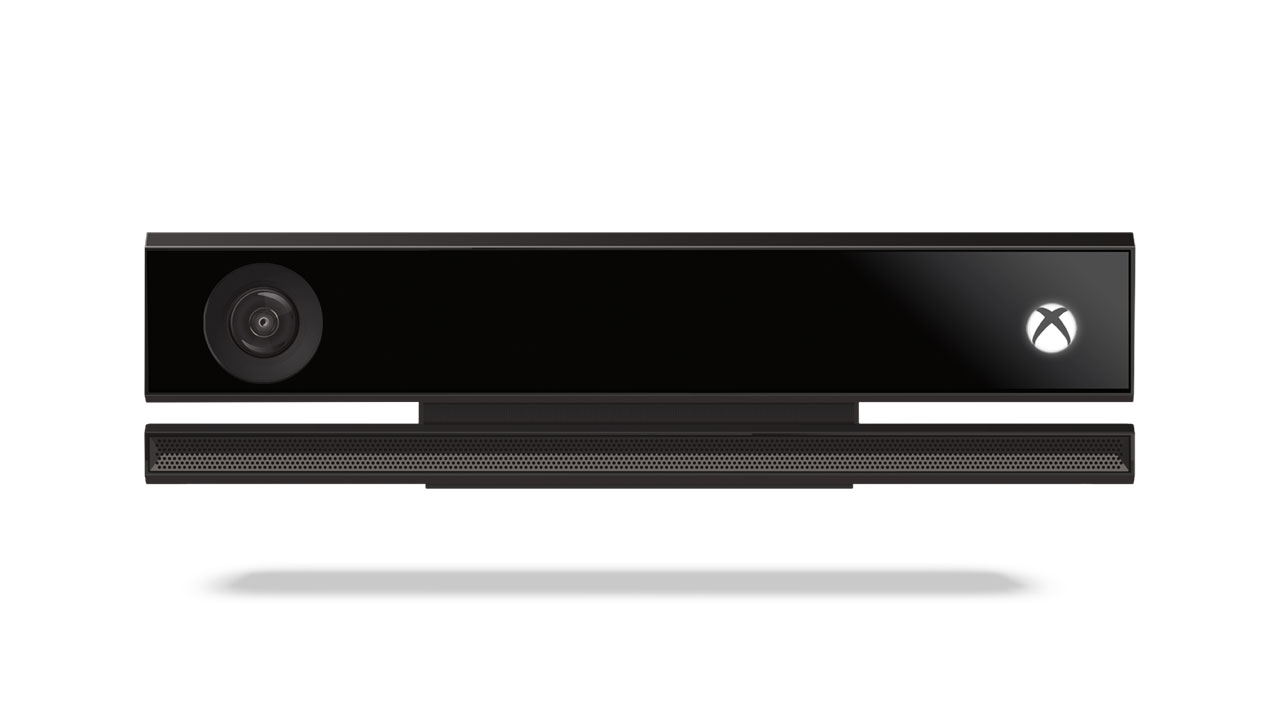Quick Search
Navigation
Featured Articles
- The Monsters of the Wailing Prison
- Strider Review
- BioShock Dev Irrational Fires All But 15 Employees
- New Titanfall Maps Confirmed
- There Are Aliens In Titanfall
- Guide: How to Dominate The Elder Scrolls Online PvP
- The Elder Scrolls Online PvP Experience
- Get Glow-in-the-Dark Condoms For Pre-Ordering InFamous: Second Son
- Batman: Arkham Origins Devs Have No Intention To Fix Bugs - Working On DLC Instead
- 8 Exclusive ESO Screenshots
SDCC 2013: Eyes-On With The Next Generation Of Kinect
- 7-23-2013
- Categorized in: Conventions and Events, Video Game News

At this year's San Diego Comic-Con, I was afforded the rare opportunity to go eyes-on with Microsoft's next generation Kinect, the likes of which will be bundled in with every Xbox One console, and which must be connected to the console at all times.
Microsoft's hope is that their continued devotion to two relatively new pieces of tech, the Kinect and the Smartglass app, will also give them a leg up. While I'm still not as convinced on these two aspects of the console as I am on the sound of the rest of its UI, I will admit that this tech, especially the Kinect, has promise to develop as the console ages.
Microsoft knows where they screwed up with the first Kinect, and they're aiming to rectify those issues all while selling consumers on implanting an always-connected high-def camera and microphone capable of crafting 3D models from its surroundings in their living rooms. It's kind of an uphill battle, especially given the creepy security concerns (Microsoft revealed in a press conference at Comic-Con how the Kinect can scan your face, and presumably other parts of your living room, to make them into 3D models - weirdly unsettling given recent developments), but if what I saw at Comic-Con this year was any indication, there's also some promise to the idea.

The biggest flaw with the first Kinect was the distance at which it would function. The last Kinect, Microsoft claims, functioned best at a distance of 3 meters. This new Kinect, they promised, will be able to see you from a meter away. Whether or not this is the ideal operating distance is unclear - I was able to get the first Kinect running inside of a tiny dorm from a meter away, but it couldn't pick up my lower legs - but it sounds like most of the device's interesting features don't require you to be standing up anymore, anyway.
The most promising use I saw for the Kinect was actually a relatively minor one, and one certainly not worthy of the extra $100 tagged onto the Xbox One's price point. Still, if it's indicative of the neat, user-friendly experiences that we can expect of the device in the future, consider me excited.
When playing a multiplayer game on the couch, the Kinect will recognize which player is holding which controller thanks to small sensors on the back of each Xbox One pad. Let's say that each player has a unique button layout - in Killer Instinct, for example, one player might assign the Punch button to Y, while another might prefer it on A. If a player gets up and hands his controller to another player, the Kinect will recognize this and automatically reassign controller presets to the new player's settings, without pausing the game or entering any menus.
In other words, the Kinect can assign a unique identity to your face, and uses your face, not the controller in your hands, to determine preferences and presets. This should work across all games, and represents an early idea of why it may not be such a bad idea to stick one of these cameras in every box.
It's still far too early to say whether or not the convenience of the packed-in Kinect will be worth the $100 price hike, but these early signs are at least promising.




